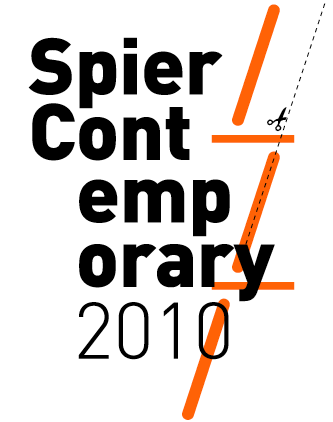In ABC of Reading, Ezra Pound stresses the importance of approaching poetry through a "careful first-hand examination of the matter." He illustrates his point with the anecdote of Agassiz and the fish:
A post-graduate student equipped with honors and diplomas went to Agassiz to receive the final and finishing touches. The great man offered him a small fish and told him to describe it.
Post-Graduate Student: 'That's only a sunfish.'
Agassiz: 'I know that. Write a description of it.'
After a few minutes the student returned with the description of the Ichthus Heliodiplodokus, or whatever term is used to conceal the common sunfish from vulgar knowledge, family of Heliichtherinkus, etc., as found in textbooks of the subject.
Agassiz again told the student to describe the fish.
The student produced a four-page essay. Agassiz then told him to look at the fish. At the end of three weeks the fish was in an advanced state of decomposition, but the student knew something about it.
Phil Terry at A Reading Odyssey advocates a similar approach to looking at art, and he has organized the Slow Art initiative to encourage museum visitors to take the time to really look at art and see it in a new way.
There were Slow Art events at sixteen museums in the U.S. and Europe on October 17. Participants were invited to look - really look - at a number of artworks (ten minutes minimum per piece) and then gather afterwards to discuss the experience.
From: http://blog.openmuseum.org/2009/10/learning-to-look-with-slow-art.html
Subscribe to:
Post Comments (Atom)


No comments:
Post a Comment